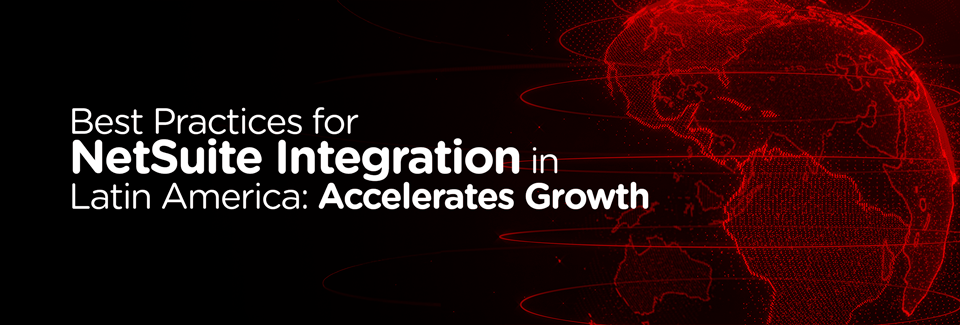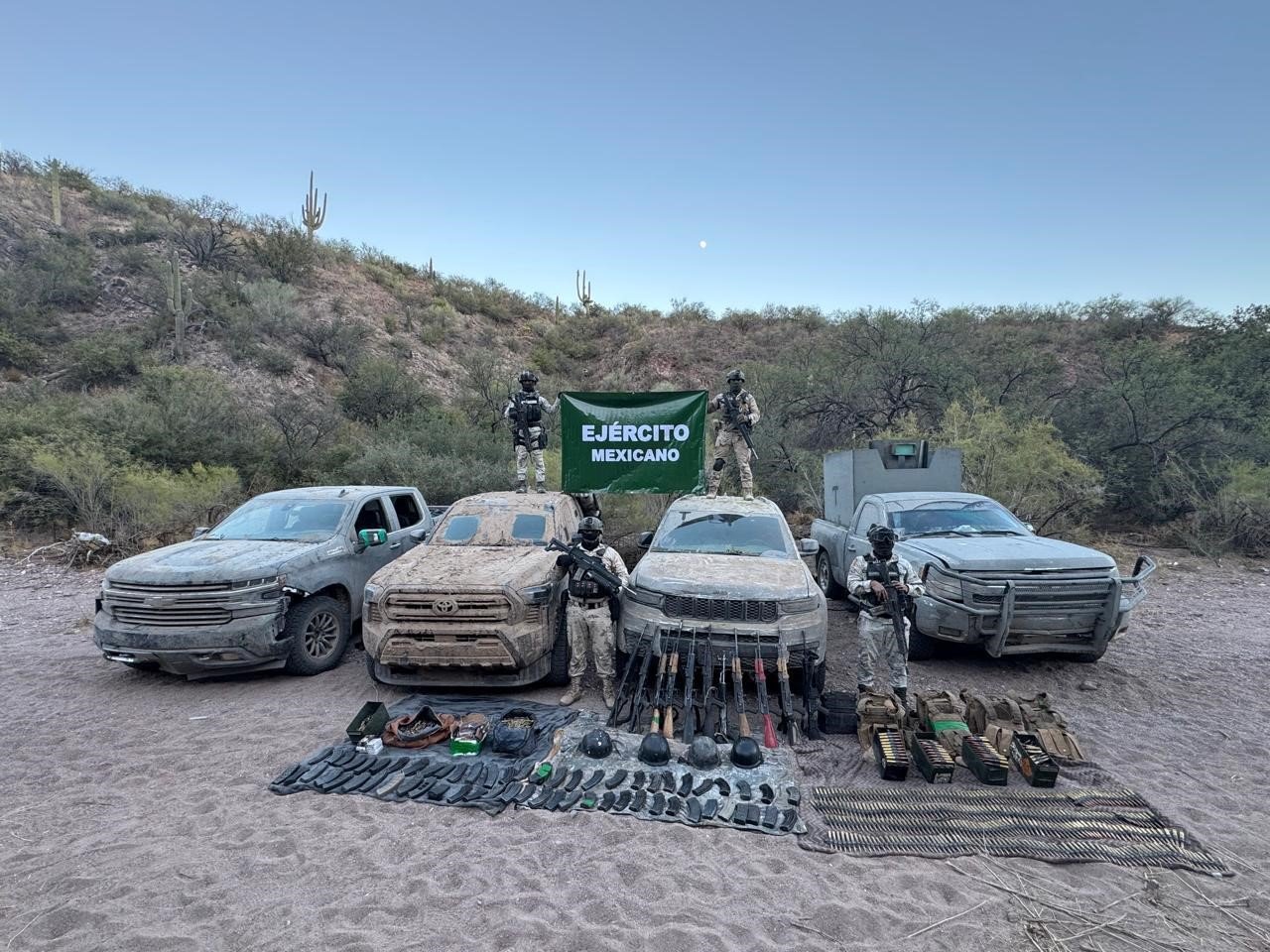Expanding into Latin America offers immense opportunities. However, ERP success in the region hinges on your ability to navigate its complex regulatory landscape. Discover how a localized NetSuite integration—powered by LatamReady’s expertise—transforms compliance challenges into competitive advantages.
Why ERP Integration in Latin America Demands a Tailored Approach
Implementing an ERP system in Latin America is a high-stakes endeavor. In fact, more than 60% of multinational companies report compliance issues in the region. These issues are due to inadequate localization (Source: Frost & Sullivan). The diversity of LATAM goes far beyond language and culture. Economic policies vary drastically across borders. Tax regimes and digital compliance frameworks also differ widely.
While Oracle NetSuite provides a scalable, cloud-native foundation, its effectiveness in Latin America depends on meticulous regional adaptations.
Companies that rely on generic ERP solutions often face penalties, excessive manual work, and missed automation opportunities. For example, Mexico’s SAT mandates CFDI 4.0 e-invoicing, while Brazil’s SPED requires granular fiscal reporting.
In this article, we explore the best practices for tailoring NetSuite to meet LATAM’s unique demands. These practices ensure compliance, efficiency, and scalability. We provide insights from LatamReady, the region’s leading NetSuite partner.
The Complexities of ERP Integration in Latin America
- Navigating Regulatory Diversity
Latin America’s fragmented regulations pose a minefield for multinationals. For example:

Peru: SUNAT requires electronic ledgers updated monthly.
Colombia: DIAN enforces strict XML formatting for invoices, with real-time validations.
Chile: SII mandates digital signatures and immediate invoice submissions.
Brazil: NF-e and NFS-e compliance involves complex fiscal reporting across municipalities.
Non-compliance in some countries can lead to penalties of up to 5% of annual revenue. Generic ERPs lack the agility to adapt to such demands. However, NetSuite, enhanced with LatamReady’s SuiteApp, automates country-specific workflows—ensuring real-time compliance without the need for third-party tools.
- Economic Volatility & Operational Challenges
Currency fluctuations impact ERP systems significantly. Inconsistent tax structures, with VAT rates ranging from 10% to 22%, also pose challenges. Additionally, uneven levels of digital maturity across the region require ERP flexibility.
NetSuite’s multicurrency management, combined with LatamReady’s localized tax engines, enables accurate financial reporting and forecasting. For example, automated currency revaluation helps Colombian subsidiaries mitigate exchange rate risks when trading with Brazilian partners.
NetSuite Best Practices for Seamless ERP Integration in LATAM
- Local Compliance Through SuiteApp Localization
NetSuite’s core requires country-specific enhancements. LatamReady’s SuiteApp embeds:
- Automated Tax Calculations: VAT, ICMS, ISR, and other regional taxes.
- E-Invoicing: Pre-configured templates for Mexico’s CFDI, Chile’s DTE, and Argentina’s Factura Electrónica.
- Real-Time Updates: Immediate adjustments for regulatory changes, like Brazil’s frequent tax law revisions.
- Improve Chart of Accounts for Local & Global Needs
A unified yet flexible Chart of Accounts (COA) is critical. Example:
- Global Tier: Standardized parent accounts for consolidated reporting.
- Local Tier: Country-specific sub-accounts for compliance (e.g., Brazil’s COA must align with SPED requirements).
- Set up Multicurrency & Tax Management
Use NetSuite’s real-time exchange rates for accurate financials.
Automate tax nexus rules for Mexico’s IEPS or Colombia’s ICA taxes.
- Leverage Automation to Eliminate Manual Work
- Invoice Approvals: Auto-route invoices based on local thresholds.
- Intercompany Journals: Automate entries for subsidiaries in Chile and Peru.
- Tax Filings: Schedule VAT submissions via integrated e-tax platforms.
Why Localization is Non-Negotiable in LATAM
- Compliance = Competitive Advantage

Governments across the region are digitizing audits (e.g., Uruguay’s “Tribunal de Cuentas” uses AI-driven audits). Businesses that fail to comply face operational freezes and financial risks. LatamReady’s SuiteApp ensures continuous, automated compliance—transforming a regulatory burden into a strategic advantage.
- Scalability Through Regional Skills

Localized ERP systems improve financial decision-making across LATAM by offering::
- Unified Dashboards: Monitor KPIs across Mexico, Chile, and Brazil in real time.
- Automated Reporting: Instantly generate country-specific reports under IFRS or local GAAP standards.
Success Stories: NetSuite in Action Across LATAM
Case Study 1: NetSuite for Peru
A Peruvian agro-exporter reduced their month-end closing process from 15 to 5 days. They achieved this by using LatamReady’s SUNAT-compliant ledgers and automated tax payments. This change boosted audit readiness.
Case Study 2: NetSuite for Colombia
A fintech company achieved 99.8% e-invoice accuracy through DIAN-validated XMLs, reducing audit risks by 40%.
Case Study 3: NetSuite for Brazil
A retail chain streamlined NF-e compliance across 10 states. This reduced fiscal errors by 75%. It also enabled faster expansion into Paraguay and Uruguay.
Why LatamReady? Your Trusted NetSuite Partner in LATAM
- 15+ Years of Regional Mastery

- Deep expertise in 18+ countries’ tax codes, e.g., Mexico’s Resico regime and Argentina’s Monotributo.
- Certified NetSuite implementers with 50+ successful go-lives.
- The LatamReady SuiteApp: All-in-One Compliance

- 18 Countries, One Solution: Pre-built compliance for Mexico’s CFDI to Argentina’s RG 4815.
- No Middleware: Native integration slashes costs and complexity.
- End-to-End Support

- Training programs tailored for LATAM finance teams.
- 24/7 multilingual support for urgent compliance updates.
FAQ: Your NetSuite LATAM Integration Questions, Answered
Q: How long does a localized NetSuite rollout take?
A: 3–6 months, depending on country complexity. Multi-country deployments use phased strategies.
Q: Can LatamReady handle Brazil’s SPED requirements?
A: Yes—our SuiteApp automates SPED Contábil, Fiscal, and ECD filings.
Q: Is NetSuite suitable for SMEs in LATAM
A: Absolutely. Cloud scalability suits SMEs expanding regionally.
Conclusion: Future-Proof Your LATAM Operations with NetSuite
The regulatory landscape in Latin America is rapidly evolving. However, with a localized NetSuite integration, your business can achieve agility, compliance, and growth. By partnering with LatamReady, you gain the tools, support, and regional expertise needed to turn complexity into opportunity.
Ready to Transform Your LATAM Operations?
📞 Schedule a consultation with LatamReady’s experts to design your NetSuite integration for Peru, Chile, Colombia, and beyond.




